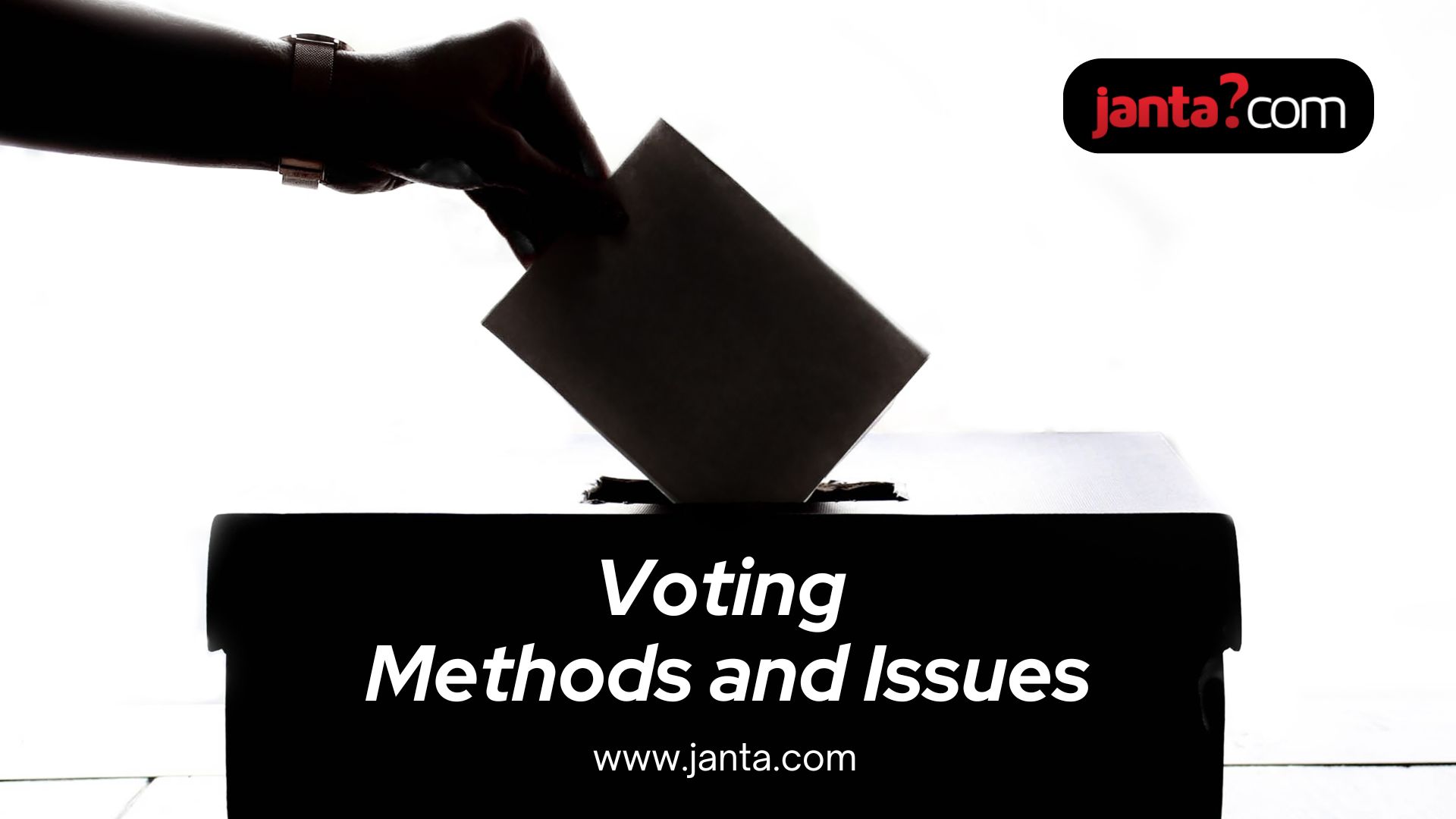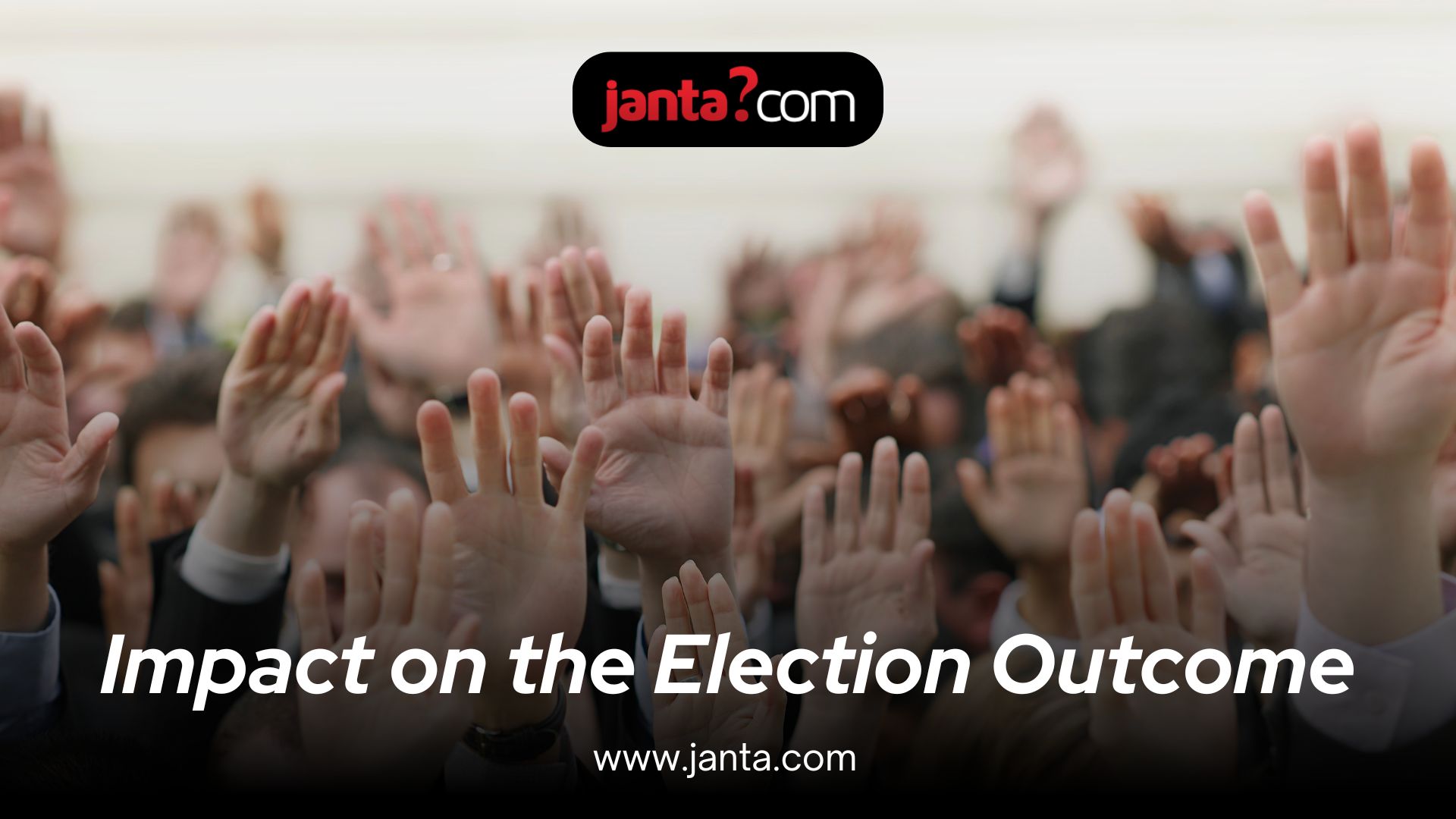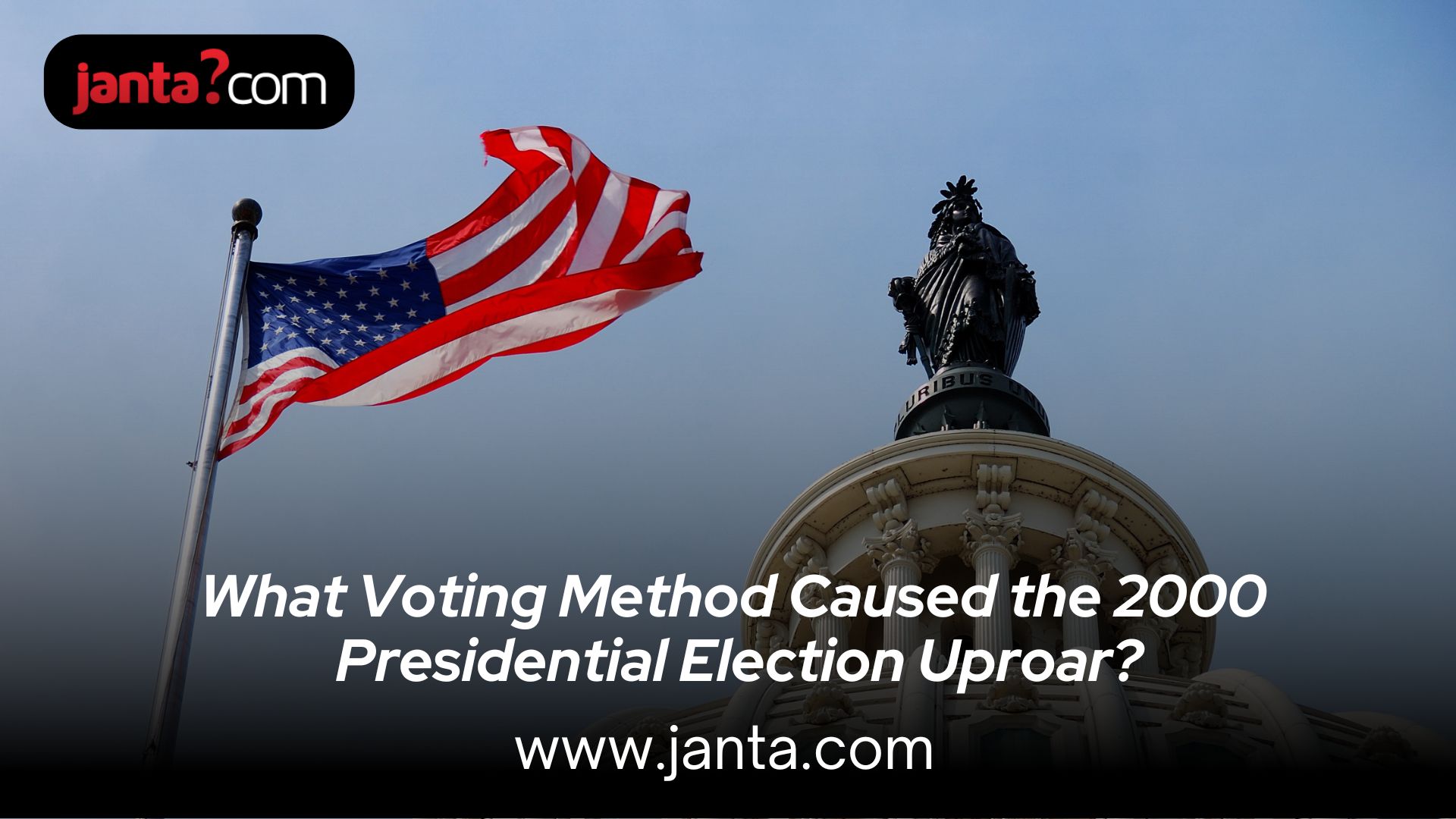The 2000 US Presidential Election remains one of the most contentious in American history, highlighting significant flaws in the voting system.
The uproar largely stemmed from issues with punch card ballots, confusing ballot designs, and problems with absentee voting. This blog explores these voting methods and issues in detail, focusing on their impact and the subsequent reforms.
Let’s read on.
Background of the 2000 Presidential Election
The election featured a tight race between Republican George W. Bush and Democrat Al Gore. Key issues included the economy, healthcare, and education. The election’s stakes were high due to the stark contrasts in the candidates' visions.
Election Night
The results were initially too close to call, especially in Florida, which held 25 crucial electoral votes. Early reports incorrectly declared Gore the winner, only to retract as the night progressed. Bush was eventually declared the winner, but the narrow margin triggered a mandatory recount. To understand how recounts have evolved, read The Historic Turnout of the 2020 U.S. Election: A Deep Dive.

Voting Methods and Issues
- Punch Card Ballots: This method involved using a stylus to punch holes in a card. Problems arose from “hanging chads” and “dimpled chads,” causing disputes over voter intent during the recount.
- Butterfly Ballot Design: The design used in Palm Beach County caused confusion, leading many voters to accidentally select the wrong candidate. This resulted in misvotes, particularly benefiting Pat Buchanan, whom many believed was not their intended choice.
- Absentee Ballots and Mail-in Voting: Controversies surrounded absentee ballots, with issues such as mismatched signatures and missing postmarks adding to the confusion and mistrust. For current information on early voting dates in Michigan, check out our guide. Additionally, learn more about early voting procedures in Indiana for the 2024 elections.
The Florida Recount
- Initial Recount Procedures: The recount involved both machine and manual counts in various counties, with differing standards complicating the process.
- Legal Battles: The recount led to numerous lawsuits, culminating in Bush v. Gore, where the US Supreme Court halted the recount, effectively awarding Florida’s electoral votes to Bush and securing his presidency. This decision was controversial and questioned by many.

Impact on the Election Outcome
Bush’s victory in Florida by just 537 votes determined the election outcome. The recount and legal disputes left many questioning the election’s legitimacy.
Key Controversies and Public Reactions
- Disenfranchisement Allegations: Reports of voter suppression, especially among minority groups, emerged. Issues like voter roll purges and misleading information significantly impacted these communities.
- Media Coverage and Public Opinion: Media coverage was intense and often polarizing, shaping public perception and highlighting divisions within the country.
Long-term Consequences and Reforms
- Election Reforms Post-2000: In response to the election, the Help America Vote Act (HAVA) of 2002 was enacted. It provided federal funds for upgrading voting systems, establishing minimum standards, and improving voter access.
- Impact on Future Elections: The 2000 election led to advancements in voting technology and an emphasis on transparency, which aimed to restore public confidence. However, challenges persist.
Conclusion
The 2000 presidential election exposed critical flaws in the voting system, including issues with punch card ballots, confusing designs, and absentee voting. The Florida recount and legal battles underscored the need for electoral reforms. Ensuring a reliable voting system remains crucial for maintaining democratic integrity. Staying informed and engaged in the electoral process is essential for every citizen.
Follow Janta for more insights and analysis on electoral issues.
